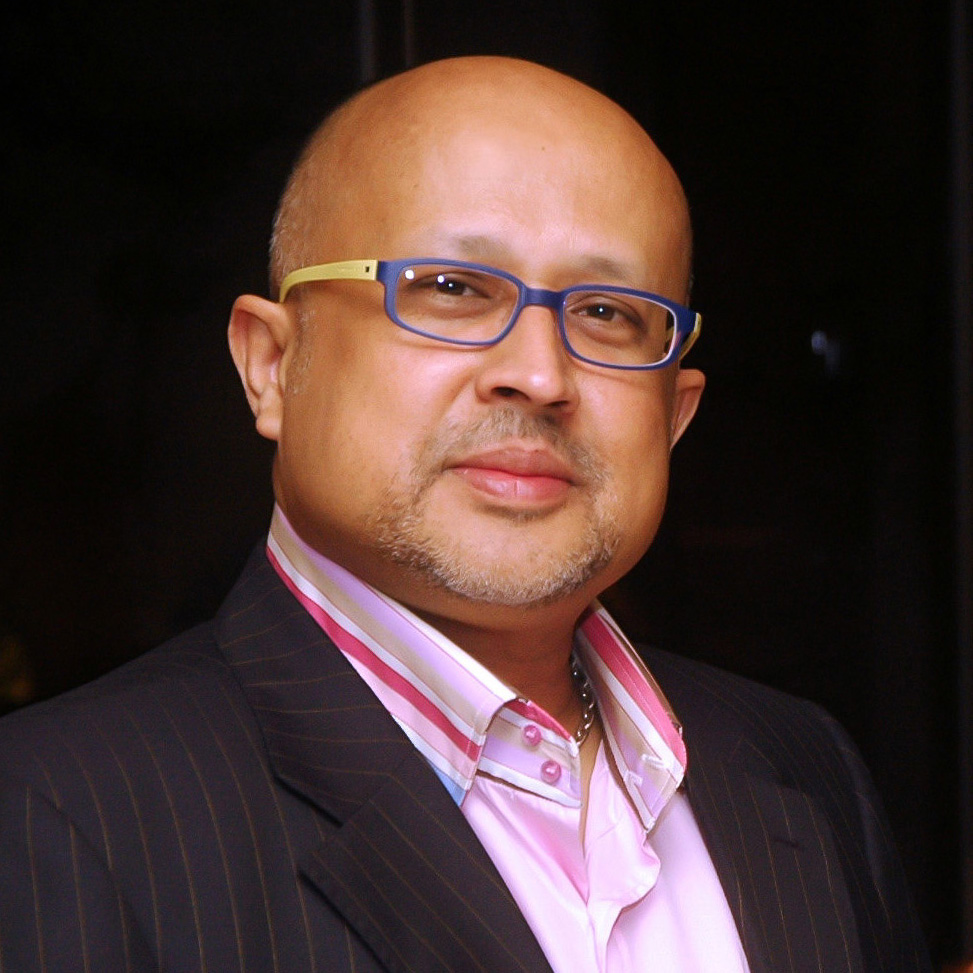Featured 1

The Peace Palace in Den Haag (The Hague), administrative capital of The Netherlands, differs from most other palaces in that it has never been an abode for kings. Nor was it built in the pomp of some dynastic order - the Dutch have a constitutional monarchy - before passing into its present function of housing the highest court of international law. But the most arresting feature you are likely to learn about the Peace Palace that lends its stately aura an even deeper significance, is that it has always existed as a palace for Justice, never for kings, or any other mortal for that matter.
Also known as the World Court, for its UN-mandated function of settling disputes between states, the concept of Justice can ill-afford a miscarriage in this 'Temple of Peace'. In December, it held three days of hearings during which its high and honoured panel of judges heard a case brought before it on behalf of a stateless people, 'the most persecuted group in the world' was a tag that sat easily with their history of suffering. No one had witnessed this history from closer quarters than we in Bangladesh, as Myanmar over decades brutalised its small Muslim minority in Rakhine state. Inevitably, as it brutalised itself.
As things took a very different turn in August 2017, at a time when the entire international community was ready to embrace Myanmar again, it became impossible for those who had seen it all, to not call out the gravest of crimes that man can devise: the destruction of a group of people, their identity and existence, 'in whole or part' as set down in the Genocide Convention. The gravity of the crime has historically rendered even powerful states mealy at the mouth, lest they open up a can of worms or obligations. On the contrary, by adopting a policy of shying away from calling out genocide, we may condemn ourselves to a different form of damnation. For can we then forgive ourselves? Can we forget?
That is why I would rather be on the side that called it first, as we did in these pages, at least as far back as December 2016, characterising Myanmar's treatment of the Rohingya since 1978 as a 'stop-start genocide'. When the dam broke on August 25 the following year, we organised one of the first conferences that brought together a diverse and committed group of experts under the banner of our parent company, and there too, the voices called out genocide. Informed by the day's proceedings, we brought together the greatest artists in our region. When artists raise their voice or their brush, every message resonates further. What could art oppose, if it couldn't oppose genocide?
What good is our word, if it falls short of our convictions?

























Leave a Comment
Recent Posts
From the British High Commissi ...
From December 26-30 of last year, WildTeam had the honour of hosting H ...
Why Southeast Asia’s online sc ...
Cambodia’s arrest and extradition of a powerful tycoon accused o ...
LC openings surge as dollar crisis eases, but settle ..
US President Donald Trump has been discussing "a ran ..
Delhi and Dhaka need to find an off ramp
Moin re-elected DCAB President; Emrul Kayesh new GS